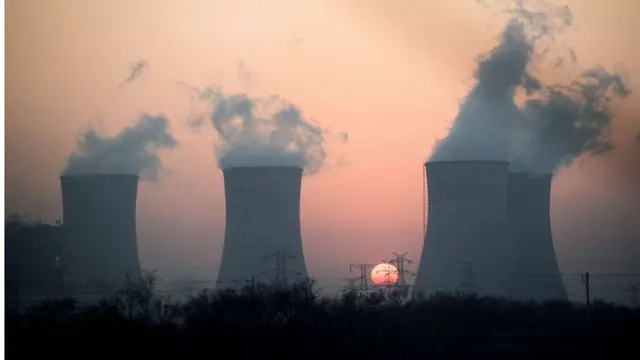China tops the world in almost all types of air pollution, including sulphur dioxide and nitrogen oxides, as well as carbon emissions, top mainland officials admitted.
The officials also told a Guangdong forum that the Beijing-Tianjin-Hebei region’s huge industrial output meant it was one of most polluted areas in the world.
Wang Jinnan, chief engineer of the Chinese Academy for Environmental Planning, said 1.75 trillion yuan (HK$1.97 trillion) was needed to meet the country’s pollution-reduction targets by next year, but an investment gap posed a huge obstacle to such efforts,Legal Dailyreported on Monday.
“China’s emissions of all types of air pollutants and carbon dioxide are the largest in the world, which creates unprecedented pressure on air quality,” Wang told last weekend’s forum of public companies specialising in environmental protection.
He said soaring levels of PM2.5 pollutants – fine particles that pose the greatest harm to public health – had reduced average visibility in the atmosphere over the Beijing- Tianjin-Hebei area by about 50km in recent decades as the region had become one of the world’s most polluted.
Lei Wen, an official at the Ministry of Industry and Information Technology, said while the country had invested heavily on energy conservation and environmental protection, China had yet to fully transform its investment-intensive and high-polluting growth model into a cleaner one.
China’s total industrial output surpassed that of the United States to become the world’s largest in 2011, but poor compliance with environmental standards at industrial plants has become a major reason for the pollution.
While most of China’s coal-fired power plants were equipped with sophisticated filters, coal-burning in industrial plants was not very well regulated and they continued to belch out pollutants into the atmosphere, Lei said.
In 2015, industrial use of coal accounted for about 46 per cent of the total coal consumption, but these furnaces did not have stringent environmental standards that matched those of the thermal power industry, said CCID Group, a think tank under Lei’s ministry.
Wang also said there was a lack of investment in green sectors.
Although the central government had pledged to make spending on environmental protection account for about 1.5 per cent of the nation’s gross domestic product, the actual amount spent was only about 1 per cent over the past few years, he said.
(SCMP)
 简体中文
简体中文

